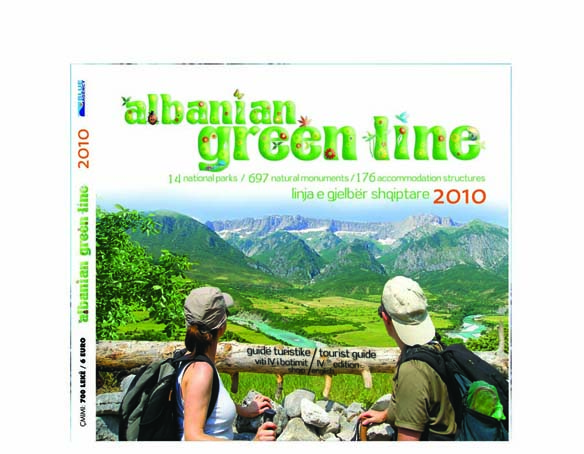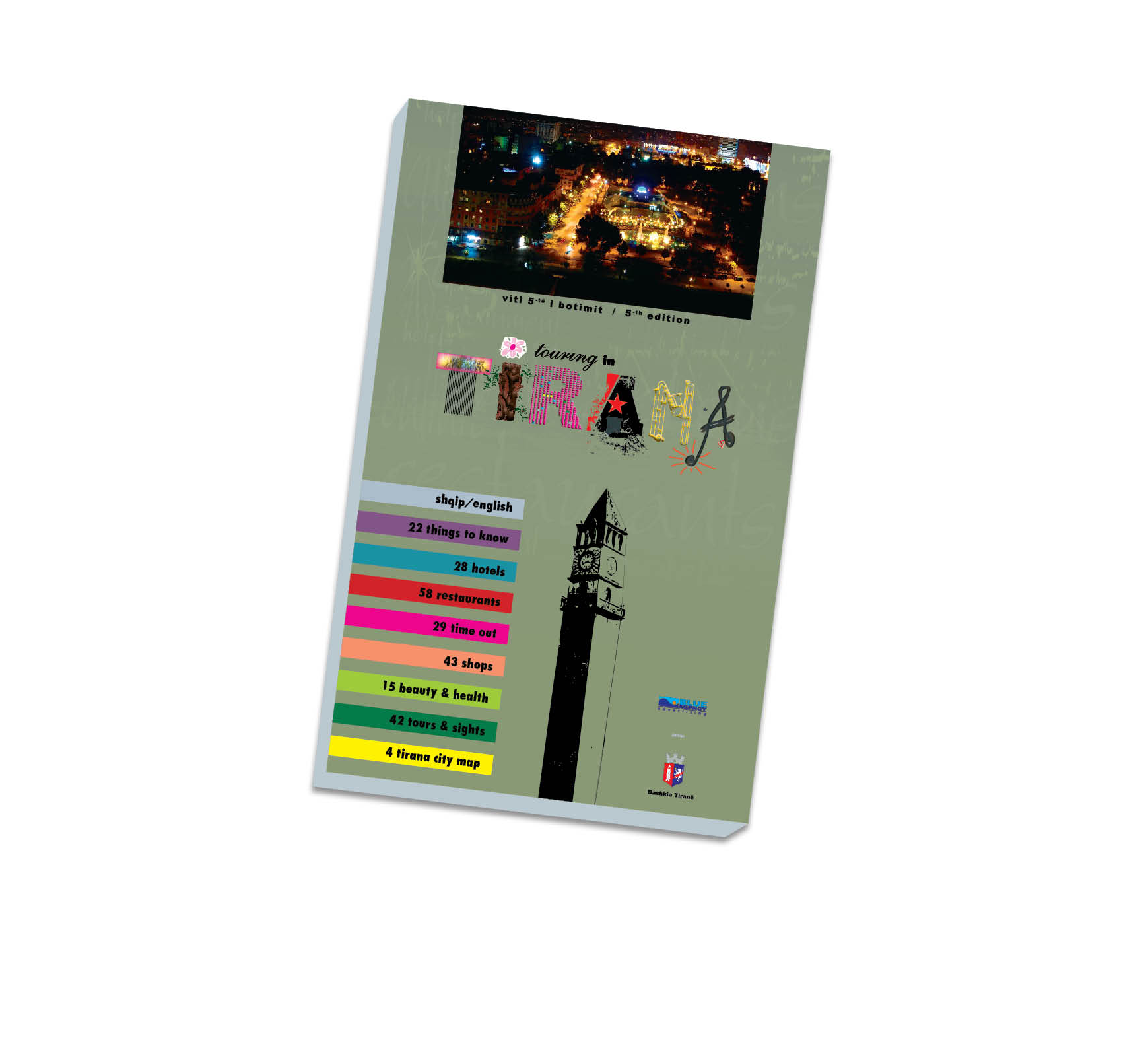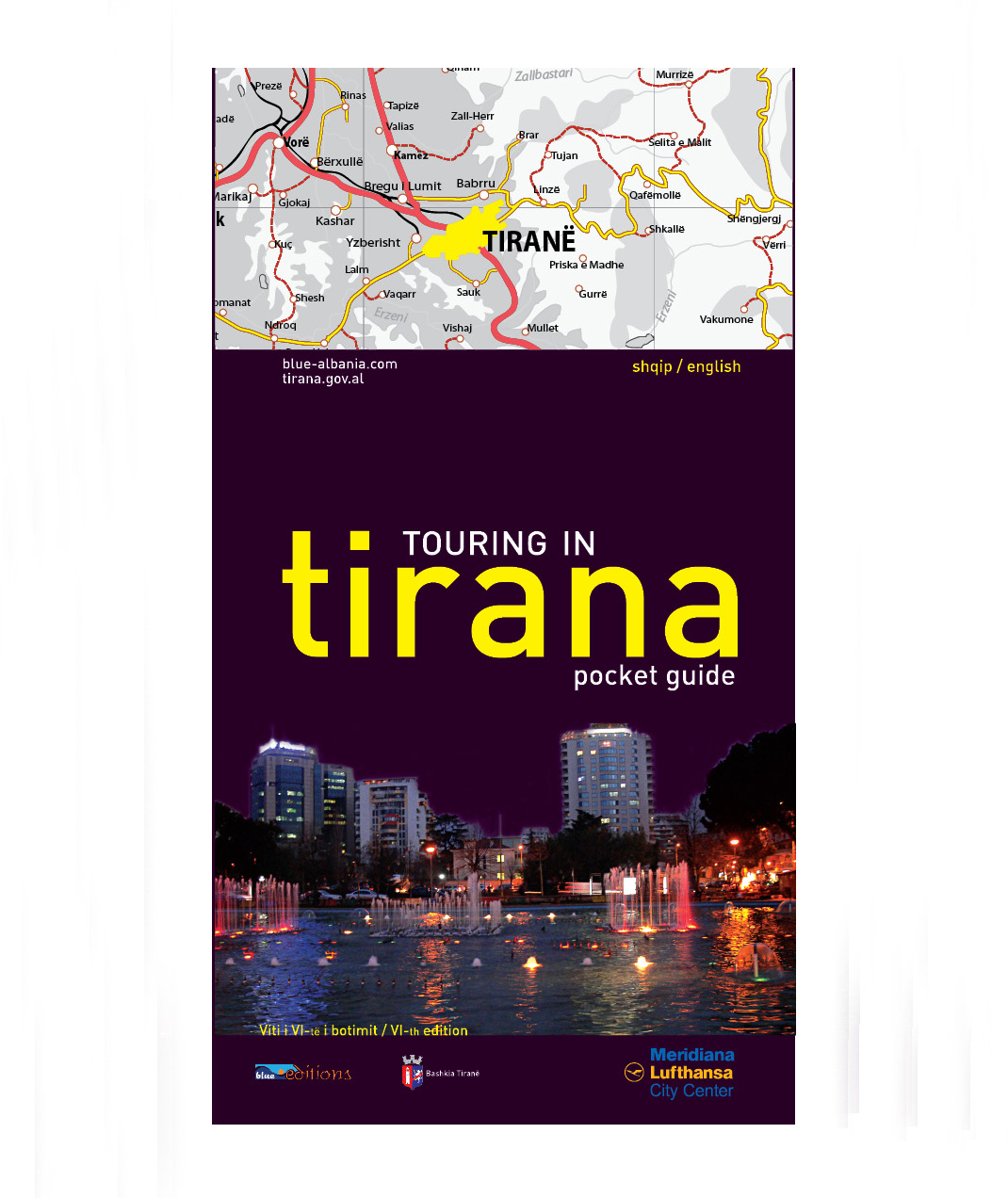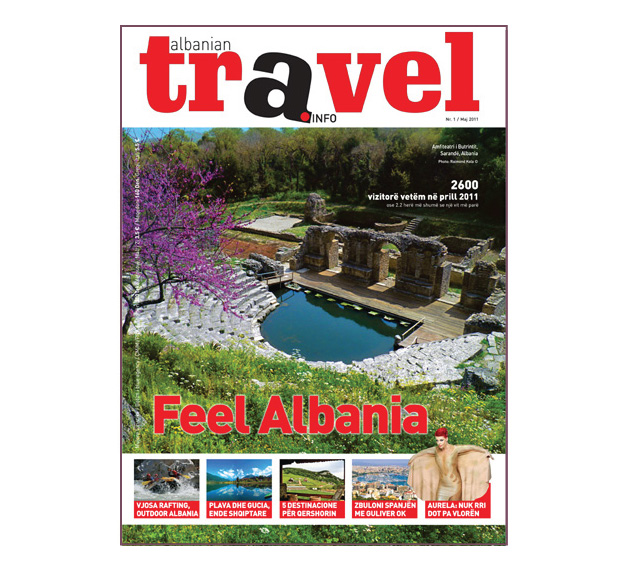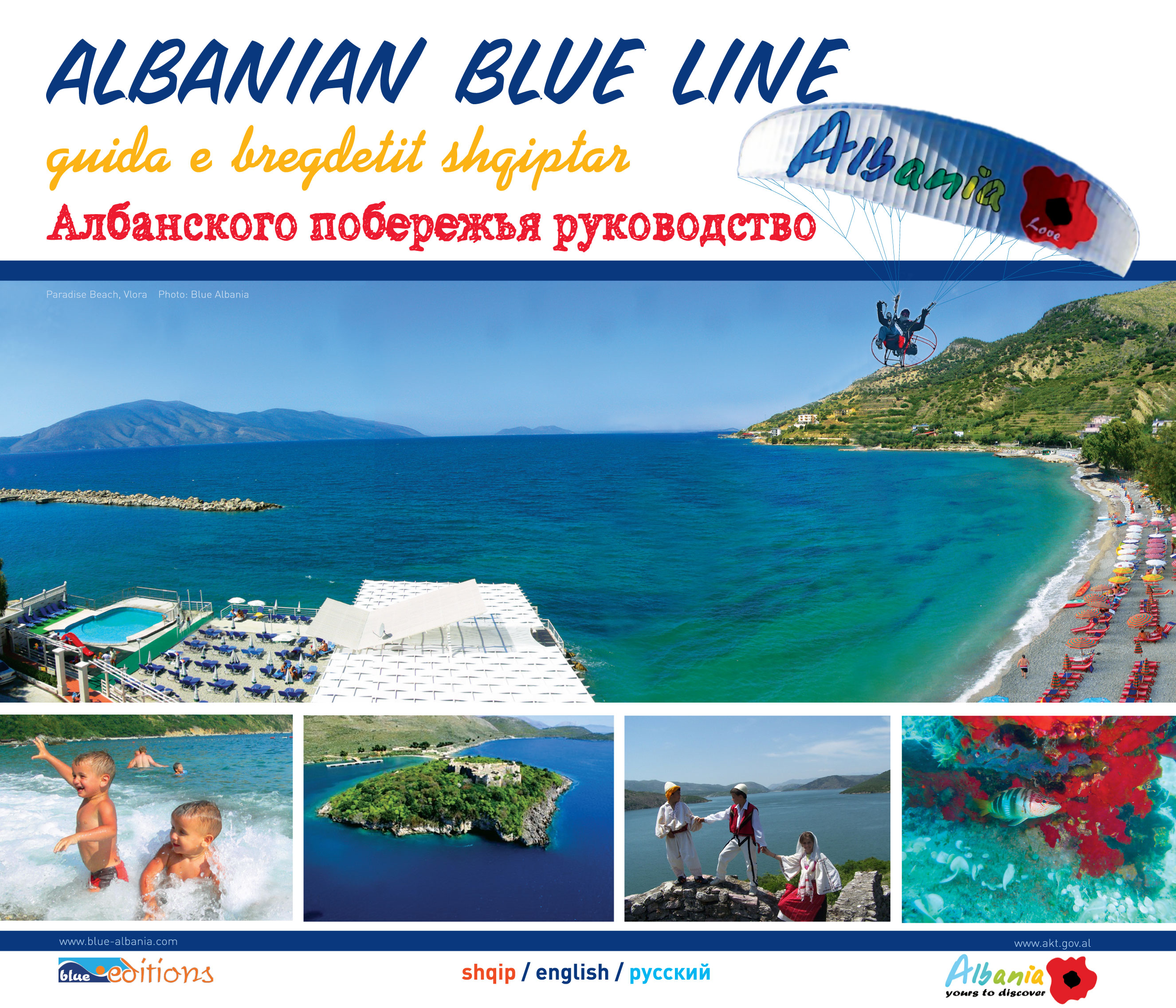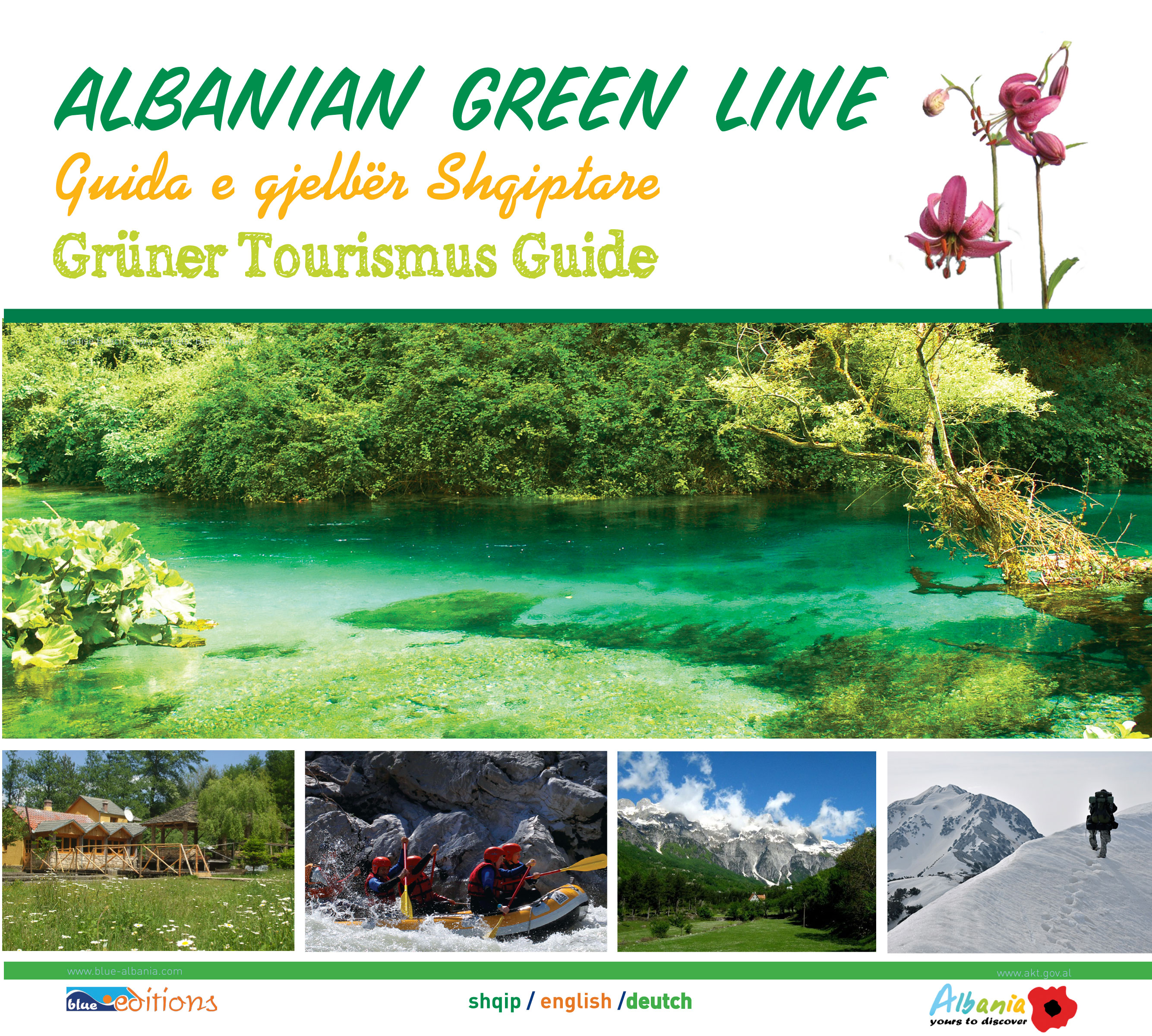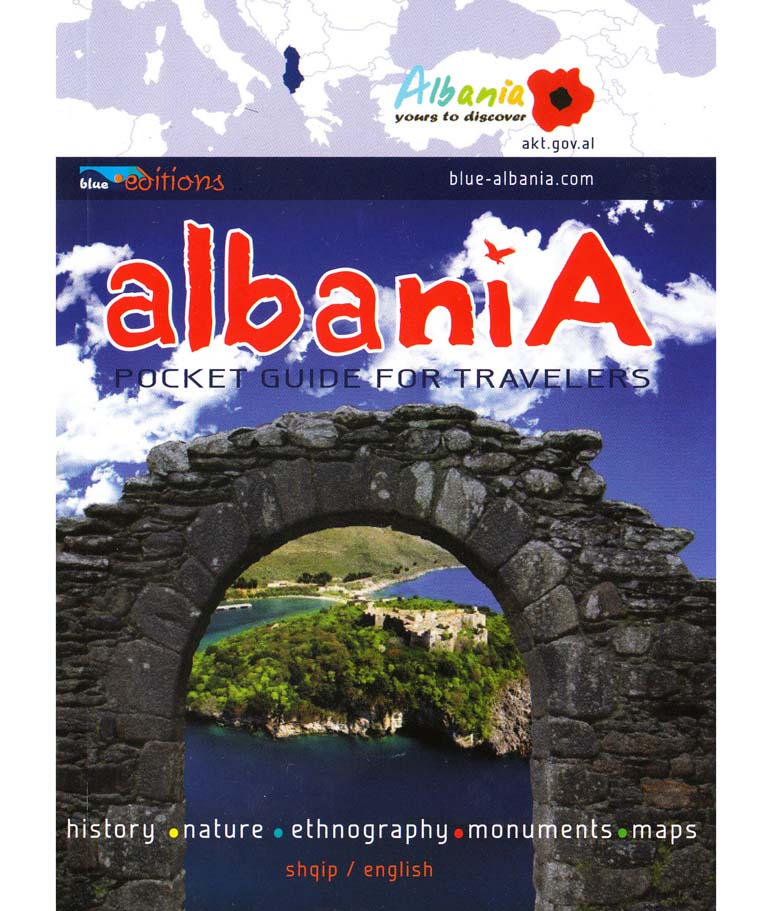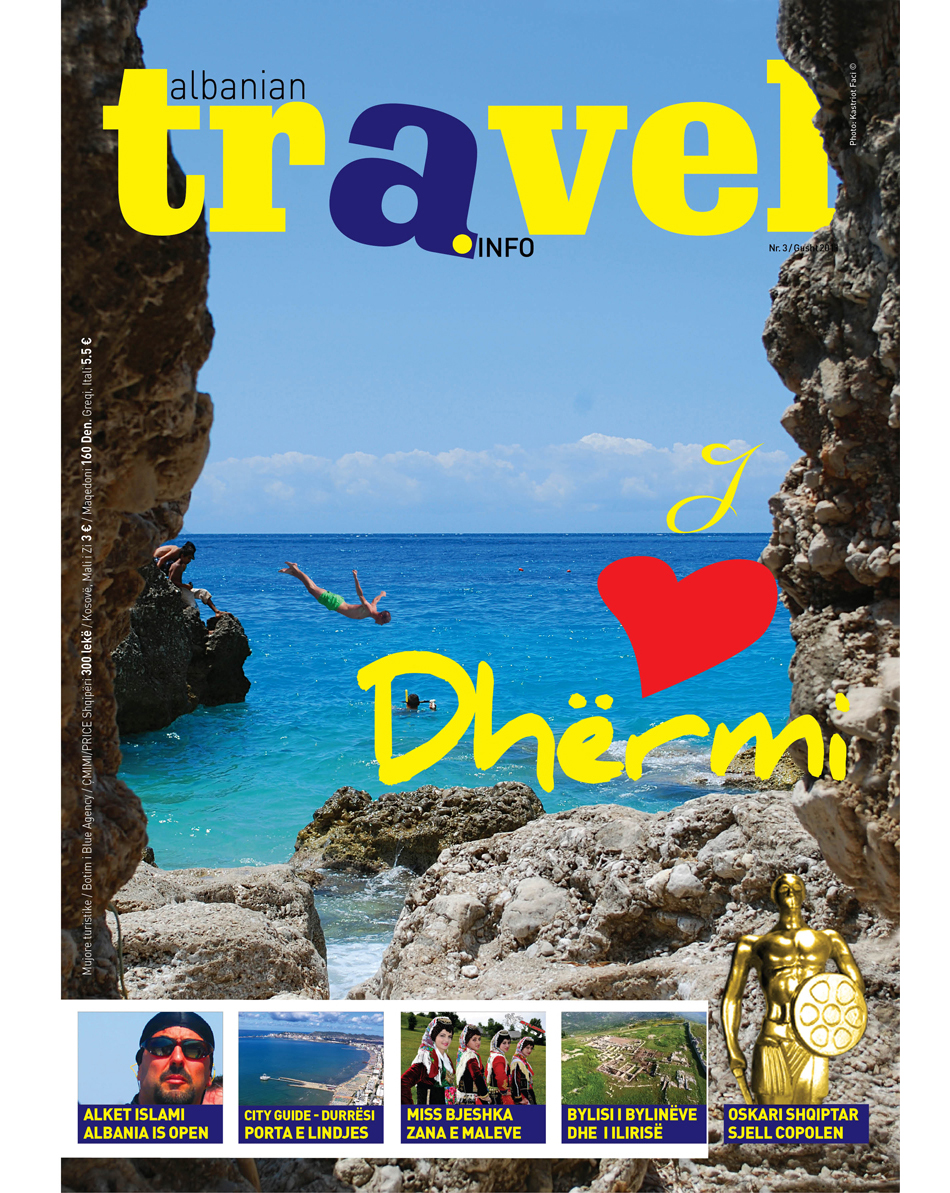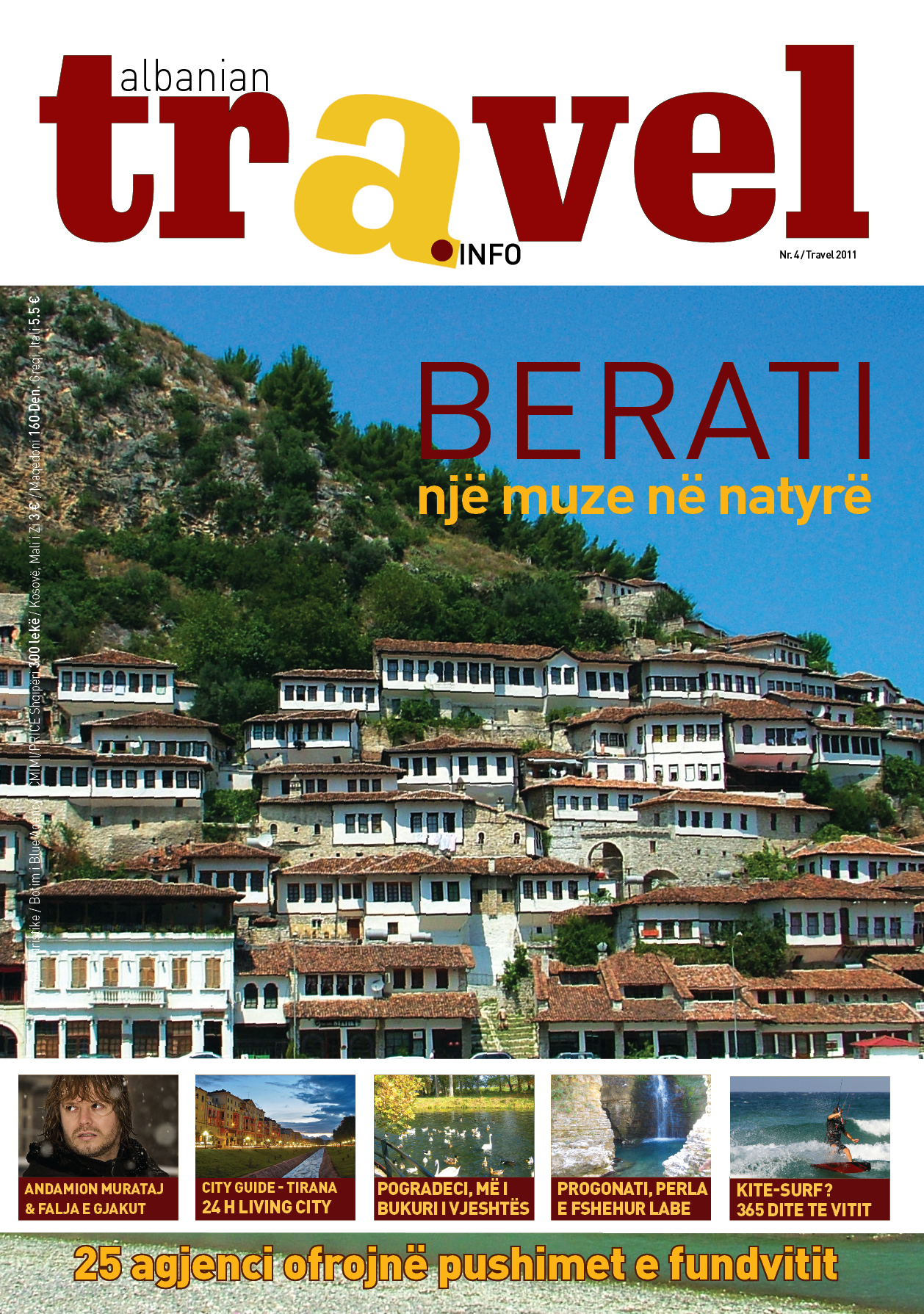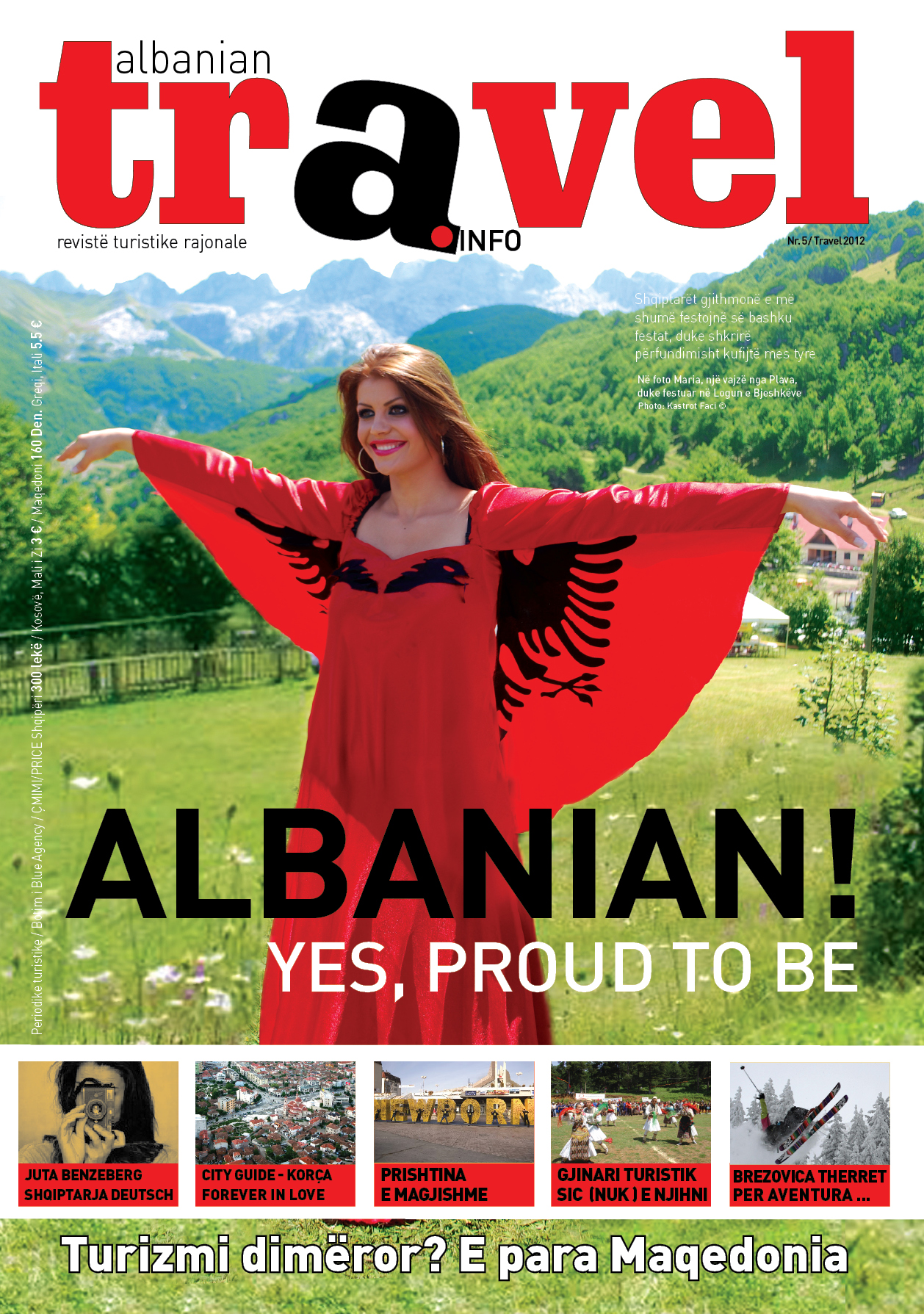Kavaja General Info
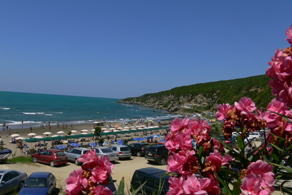
Kavaja is a town which has origin in the medieval time and is situated in the middle of the West Lowland of Albania. The first time the name of Kavaja is found in the chronics of Turkish historians with the name Kavalje. The town is only 20 km far from Durrës and was an important trade centre because through it, use to pass the Egnatia Road. Today Kavaja is part of Tirana district.
Kavaja is the birthplace of the big artist of the period, during the 2nd War II, Aleksandër Moisiu, which lived in Vienna and was very famous with his roles in theatre. Also in Kavaja was born the Albanian president Alfred Moisiu.
Kavaja is the first town where exploded the protest against the communism in the beginning of ’90.
The most important part of the business of the Kavaja town is the tourism of the seaside. Wanted from a big part of the people who have founded up their business, Kavaja is almost united with Durrës, because of the hotels, restaurant, and big palaces.
History
Kavaja’s name is mentioned for the first time in 1081. About four centuries later, in the Ottoman land registry of Albania at the years 1431-1432, is noted Kavalje, a village with 16 houses. This village on the side Royal street (the former Egnatia street), the 1583 had 150 houses. Gradually formed a local market sale of livestock products. Inns were established for the cessation of passenger and craft, which were linked to current services, such as blacksmiths, saddler, bakers, restaurants etc.. In 1595, there arose a new town, which was called Kavaja. In this period Durres had lost its former importance. The earthquakes the lashes in the city closed the waters of the sea communications that enter within the territories. Around it was created swampy environment and a climate not suitable. Residents of Durres use to go away every day. For about 200 years, the Ottoman administration, stayed not in Durres, but in Kavaja. Here were the representations of foreign trade. Elvia Çelebi Turkish chronicler, when he visited Kavaja 1660-1670, not only calls this new town Kavaja. He writes that, "besides 400 houses and villas with a couple of floors, the market operated with 200 stores. Street on both sides of the market is verdant with trees, which make all the shadow market." The City Center has been that it is today. In the second half of XVI century the new city is added to the breathing. Civic new homes rise on the north side of the town. At the end of the XVI-th century and at the beginning of XVII-th century, were established neighborhood Zguraj and Sallbeg.
Culture and ethnography
In the Albanian folklore treasure, Kavaja has its place. Here are the songs set tales, legends, proverbs, riddles with a stunning beauty. The people of the area has created the own characteristic music, dances, colorful costumes, customs and its own particular way of building houses, bridges and castles.
Some musical instruments, that accompany the folk song, come since ancient times. Most prominent of them are cannula, flute and tambourine. By the beginning of the XX-th century., the folk songs are accompanied with the burner.
Dances were born at the very old times. Among the most beautiful dances that have become popular in other parts of the country are, "Dance of the bells" "Dance of the jars ',' heavy dance Kavaja doubles," "Dance of the carpet."
On the men's costumes the most famous was the wearing kilt. It is used to until the time of Independence. Anastas Tirana from Kavaja is remembered as the man who put up the kilt until the time he died, in 1947.
On the women's costumes the most famous has been the so-called "national cutlery”. New wife or bride in the head was carrying a “taki” (small cap) , which was embroidered with small gold and silver coins.
What to visit
In the center of the town is the Mosque and the ClockTtower, buil in the medieval period, during Otoman invasion. Only the arches are remained from the old mosque because the comunist regime distroyed the original mosque. After ’90, the muslim comunity built the new mosque and instaled the old arches.
Also in the center of the town is built the Memorial of the Democratic Movement of 22 March 1990, where the people of Kavaja organized different uprisings.
The Ethnographic Museum, is also a cultural center. Actually there is placed also the library of the town.. Situated in Mehment Babamusta street, this museum keeps clothes, objects, characteristic rooms of the deiffernet periods of life of Kavaja.
The big Palace of Culture is a new architectural building, very modern and interesting. In the future it will be the center of all cultural and artistic events in the town.
Few kilometres from Kavaja, in the Çeta village, is the Church of St.Friday (Shengjergji). In this church people come after the Paschal eve, to celebrate and pray. The church is decorated with wall paintings from the different painters of the period of Medieval time.
In another village, Vilë-Bashtovë, is the Bashtova Castle, built in the medieval times. The battlements are still integral e solid. This castle has a surface as about the Scanderbeg castle at Rodoni Cape. From the top you can watch the Karavasta Lagoon and entire the Gulf of Durrës.
The beaches
Kavaja is surrounded by seaside villages, which make it, a very important tourist zone. There are about 270 sunny days and the majority of those, during the spring-autumn period. The hottest months are July and August. The first part of the spring and the second part of the autumn, are wet and warm. The winter is soft along all the seaside. Very rarely the degrees go under zero.
Golemi beach
The coast line of Kavaja, starts with Golemi beach. Golemi is the only beach frequented even during the period of communism. The name of the village - Golem - was identified with the name beach.
Nowadays Golem is the most frequented beach of all the coastline of Kavaja. The large sandy space, the shallow coast, the fresh air and the deep pine forest, are perfect conditions for the family tourism. During the summer Golemi is a real town, furnished with every necessary thing. Hotels, apartments and private villas are the way of the accommodation in Golemi beach.
Mali i Robit
New area of Kavaja coastline. Frequented only after ’90, now is a populated zone, with luxurious hotels, apartment and villas.People from all Albania, Kosovo and Macedonia, but not only, come every summer to spend their holidays in the luxurious hotels, and resorts of this touristic zone. The Albanians of Kosovo and Macedonia have find a good possibility to grow up their business too. Big part of the hotels and resorts are built from them. The conditions of the hotels and resorts, offer till in four stars of service.
Qerreti and Karpen
Going on, you will find the beach of Karpen. The beach is all sandy and has the same conditional characteristics of the beach of Golem.
Qerreti is another beach which lies next to Karpen beach and is an optimal place for the families with children, for the quietness, the healthy sand the large space from the seashore.
Both of this beaches are suitable for the family tourism, because of the large space of water the small deepness of the sea.
Spille beach
The village of Spille, is a rocky and sandy beach, where one can find the quietness and the confidential atmosphere, in the company of a pure water and many other beauties of the nature. The beach is almost virgin and only lastly, there are built some hotels with very optimal conditions, in order that you can enjoy not only daily tourism there. Another alternative is the family tourism, with healthy and home-made products, offered from the habitants of the zone.
The beach of General
It is one of the most beautiful beaches of the seaside of Kavaja. It is a sandy and rocky beach, in a hidden bay, very attractive for those who want to spend their free time in close company, away from the noisy populated areas. The name comes from a nice story of an Italian general of the 2-nd War II, who came in Albania with the Italian army and discovered the beach during his free time. After this, he use to bring with him also the rest of the family for the summer holidays. From that time the beach was call with the name “The beach of the General”.
Gastronomy and accommodation
If you come to spend your holidays in Kavaja’s beaches, you can choose from the rooms for rent, till at the hotels with five stars. The conditions are suitable for hole the categories but if we talk about stars, every service is of high quality and comfort, offering every thing you need for great holidays.
The cuisine offered, is almost Mediterranean, based on Italian dishes, Albanian traditional and some Turkish and Greek specialities. You will find the fresh fish, seafood and other products of the sea, as the main menu of every restaurant.
Entertainment.
During the summer, different clubs open their activity with live folk music. But if you want to enjoy cultivated music, you can frequent the piano bars or some special restaurants which offer selected music.
Old roads
Since ancient times Kavaja was passing across one of the oldest streets of Illyria, the way Dyrrah-Macedonia. It was known as "The Way of Kandavi" as was called at that time Polisi mountain. It was cobbled up to 2 meters wide for the passage of convoys.
Egnatia Street
Egnatia Street is the old way of Kandavia. It passed out from Durres under Kavaja Rock, went to Mali Robit, crossing the field through the villages of Agonas, passing near the clock tower, out into the Kryeluzaj and Shtodhër. The stream of Darçi was crossed from a bridge with two arches, ruins of which appear even today. It continues in Gose, passed Rrogozhina and continue to onwards. Along the Via Egnatia, in certain distance, had resting places as inns and service stations, where were served to the passengers and the caravans. As a rule, inns had place every 50-60 km, while service stations every 11-13 km. The first station of the Via Egnatia, as it emerge from Durres, was in the village Kryeluzaj.
Street Dyrrah-Apollonia
This road was heading out of Durres, after passing Kavaja, in the village of Small Luz amounted to a small village, and after that, in Ballaj. In this piece, yet signs of a road wide enough. The street crossed Shkumbini River in Bashtovë, returning to the highlands of Coku and going through Divjaka, and reach Seman river. Since arriving in Mbrostar here, went through the field and meet with the road near Fier, Apollonia-Klodiana (Peqin). There was also another route, which depart from Kavaja Salines, steeped in Zigxhafaj, neck-scale, down to Ndroq, appear in Tirana and follow the path of Arber. This road is mostly used by caravans, which came from northern areas of Arberia, to buy salt in the former Saline of Kavaja.
Since ancient times Kavaja was passing across one of the oldest streets of Illyria, the way Dyrrah-Macedonia. It was known as "The Way of Kandavi" as was called at that time Polisi mountain. It was cobbled up to 2 meters wide for the passage of convoys.
Egnatia Street
Egnatia Street is the old way of Kandavia. It passed out from Durres under Kavaja Rock, went to Mali Robit, crossing the field through the villages of Agonas, passing near the clock tower, out into the Kryeluzaj and Shtodhër. The stream of Darçi was crossed from a bridge with two arches, ruins of which appear even today. It continues in Gose, passed Rrogozhina and continue to onwards. Along the Via Egnatia, in certain distance, had resting places as inns and service stations, where were served to the passengers and the caravans. As a rule, inns had place every 50-60 km, while service stations every 11-13 km. The first station of the Via Egnatia, as it emerge from Durres, was in the village Kryeluzaj.
Street Dyrrah-Apollonia
This road was heading out of Durres, after passing Kavaja, in the village of Small Luz amounted to a small village, and after that, in Ballaj. In this piece, yet signs of a road wide enough. The street crossed Shkumbini River in Bashtovë, returning to the highlands of Coku and going through Divjaka, and reach Seman river. Since arriving in Mbrostar here, went through the field and meet with the road near Fier, Apollonia-Klodiana (Peqin). There was also another route, which depart from Kavaja Salines, steeped in Zigxhafaj, neck-scale, down to Ndroq, appear in Tirana and follow the path of Arber. This road is mostly used by caravans, which came from northern areas of Arberia, to buy salt in the former Saline of Kavaja.
The natural monuments
Geo-monuments
The Beach of General. Bardhor. It is the biggest in the zone, 400 m long, 50 m wide, about 20,000 m2, the most beautiful and pure in the hills of Kryevidhi Riviera. It is formed by accumulative activity of sea waves, consists of fine sand and in horseshoe form. Surrounded by soft hills with slopes 100 m high and always green of Mediterranean shrubs. The rocky north and south capes, form a magnificent mosaic that combines marvelously with the fantastic underwater forest of possedonias. Kavajë-Bardhor-pedestrian street itinerary.
Carina’s Beach. Bago, virgin beach, formed by the activity of accumulating waves and the stream of Fosilogut. It is 1 km long, 20-40 m wide The name comes from carrina, once very close to. Kavajë-Bago-monument itineray.
The cliff of Bardhor, in the hills of Kryevidhi Riviera. Constitutes in the craggy slope above the sea, above 15-20, and over 100 long, the waves created by marine erosion. Kavajë-Bardhor-monument itinerary.
4. Karst caves in Gypsum. It is developed karstit process. There has been explored the seven beautiful caves where the biggest is the criminals one (with over 280 m). There are several meters wide and 2-3 m high, with several floors of water ponds. Kavajë-Mëngaj itinerary.
The Beach of General. Bardhor. It is the biggest in the zone, 400 m long, 50 m wide, about 20,000 m2, the most beautiful and pure in the hills of Kryevidhi Riviera. It is formed by accumulative activity of sea waves, consists of fine sand and in horseshoe form. Surrounded by soft hills with slopes 100 m high and always green of Mediterranean shrubs. The rocky north and south capes, form a magnificent mosaic that combines marvelously with the fantastic underwater forest of possedonias. Kavajë-Bardhor-pedestrian street itinerary.
Carina’s Beach. Bago, virgin beach, formed by the activity of accumulating waves and the stream of Fosilogut. It is 1 km long, 20-40 m wide The name comes from carrina, once very close to. Kavajë-Bago-monument itineray.
The cliff of Bardhor, in the hills of Kryevidhi Riviera. Constitutes in the craggy slope above the sea, above 15-20, and over 100 long, the waves created by marine erosion. Kavajë-Bardhor-monument itinerary.
4. Karst caves in Gypsum. It is developed karstit process. There has been explored the seven beautiful caves where the biggest is the criminals one (with over 280 m). There are several meters wide and 2-3 m high, with several floors of water ponds. Kavajë-Mëngaj itinerary.
The Karst of Mëngaj Gypsum. Karst landscape, it is full of funnels with average diameter of 10-30 m, 20-30 m depth, karst troughs, tens of meters long, blotting ponores. Kavajë-Mëngaj itinerary.
Thartorit marine fossils. There are placed on the undressed slop of the hill in the village of Thartor. Shell fossils, lived there millions of years ago. The Line of fossils goes by in Roste with length 200 m width 30-50m. Rrogozhinë-Memollaj-Thartor itinerary.
The Stones in line. Cikallesh Sand layers, combined with clay layers. Due to the change of their strength, under the f wind erosion the view of these rocks became interesting, like someone has put them in line. Such sectors are 2-3 m wide, 2-3 m high, 250-300 m long. Kavajë-Gërmenj-Çikallesh itinerary.
Hydro-monuments
Sulphurous springs of Fliballie. 200-300 m near the village, Karina. The appearance to the rock of Rostejt, is connected to the tectonic brakes. The Temperature is above 200 degrees C. Nearby are the ruins of an ancient building. Rrogozhinë-Sinaballaj-Fliballje itinerary.
The salty Sources of Golemas. Near of Post office, Golem. The salt water sources, is arising from below, after passing the stone layers of salt. It is used and used as a pagan cult: young girls and brides envision the realization of their desires. Golem-Tilaj-Golemas itinerary.
Bio-monument
The laurels in the Fortress of Bashtova. The forest of the Laurels, in an area of 60 ha, near of the Cape of Lagji, or near the castle, is about 50 on the sea level. At the top of the hill, are situated the ruins of the castle.
Hydro-monuments
Sulphurous springs of Fliballie. 200-300 m near the village, Karina. The appearance to the rock of Rostejt, is connected to the tectonic brakes. The Temperature is above 200 degrees C. Nearby are the ruins of an ancient building. Rrogozhinë-Sinaballaj-Fliballje itinerary.
The salty Sources of Golemas. Near of Post office, Golem. The salt water sources, is arising from below, after passing the stone layers of salt. It is used and used as a pagan cult: young girls and brides envision the realization of their desires. Golem-Tilaj-Golemas itinerary.
Bio-monument
The laurels in the Fortress of Bashtova. The forest of the Laurels, in an area of 60 ha, near of the Cape of Lagji, or near the castle, is about 50 on the sea level. At the top of the hill, are situated the ruins of the castle.












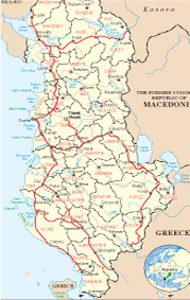




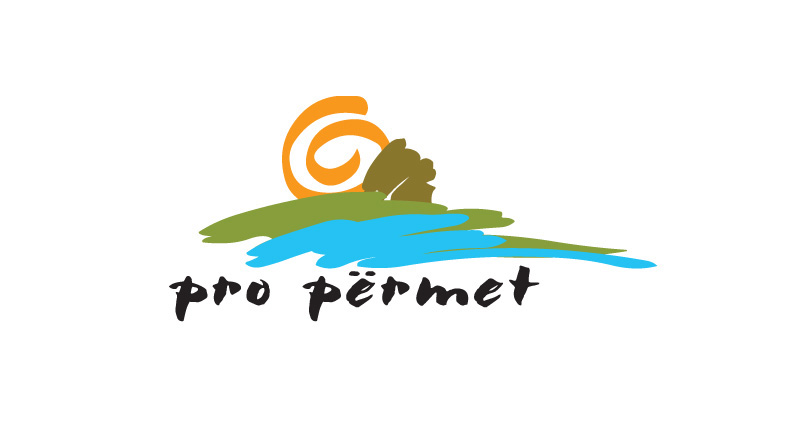
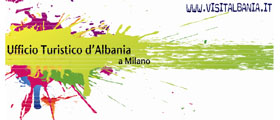
.jpg)
